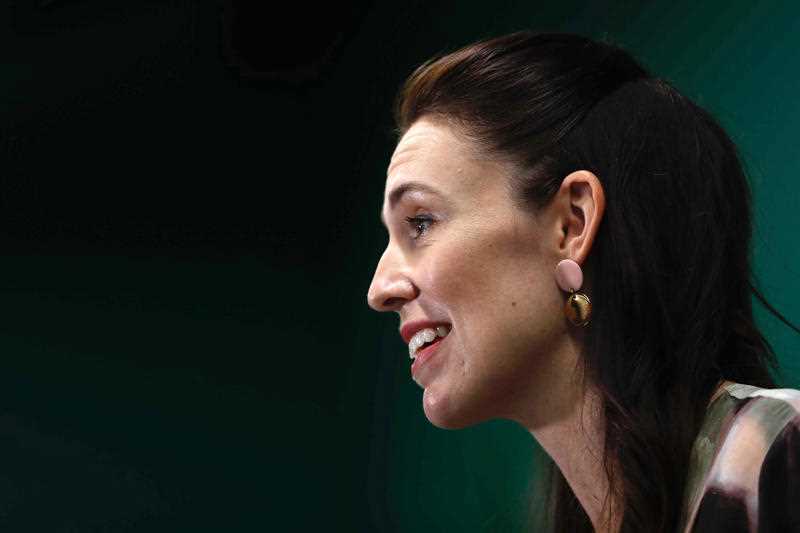New Zealand Prime Minister Jacinta Ardern today announced a five-step plan to reopen the country’s borders to the world, with Australians to be allowed in from July.
“It’s time to move,” Ms Ardern said in Auckland on Thursday, announcing the changes.
Fully vaccinated New Zealanders living in Australia will be allowed to return without quarantine from 28 February. Travel from Australia and other visa-waiver countries will be allowed entry to New Zealand in phase four, which will commence July.
From 14 March, New Zealanders and eligible travellers from everywhere, along with skilled workers and working holiday visa-holders will be able to travel without quarantine.
Sports teams and athletes, offshore temporary visa holders, up to 5000 international students, other critical workforces, and some cultural performers will be allowed into New Zealand from 13 April.
Finally, New Zealand’s borders will reopen to the rest of the world with all visa categories fully reinstated by October.
“Now it is time, to move forward together, safely,” the NZ PM said.
NZ has been largely adrift from the world for almost two years after adopting a tough-as-nails approach to keeping the virus out of the country.
A previous plan to reopen borders last month was discarded by Ms Ardern, who cited the need to up vaccination rates in the wake of Omicron.
That has happened. With 93 per cent of those aged 12 or over double-dosed, NZ now boasts jab rates among the highest in the world.
Ms Ardern pledged there would be no backtracking this time around.
“These are very firm dates … New Zealanders in Australia are coming home on the 27th of February and can plan for it.”
Despite the new schedule, there is no confirmation on when NZ will ditch self-isolation and return to pre-pandemic travel.
Ms Ardern said this would be “constantly reviewed” but would “eventually be unnecessary”.
By and large, New Zealanders have supported the hardline border rules during the pandemic but there have been growing calls to lessen quarantine provisions – known locally as MIQ.
The case of Charlotte Bellis, a pregnant Kiwi journalist working in Afghanistan who found herself unable to navigate MIQ rules to come home to give birth, reignited calls to ease restrictions.
Beyond Ms Bellis, there are thousands of other trans-Tasman families or Kiwis seeking to travel for myriad reasons.
There is also a legal challenge to the MIQ regime, crowdfunded by lobby group Grounded Kiwis, to go before the High Court this month.
“There is no question that for New Zealand it has been one of the hardest parts of the pandemic,” Ms Ardern said, defending its use.
“But the choice to use it undeniably saved lives.”
The government will now downscale MIQ, but keep it in place for high-risk travellers, including the unvaccinated.
As New Zealand reopens to overseas travel, it is still looking to curb the transmission of COVID-19 and avoid Australia-scale spikes in case numbers.
As part of the changes, all arrivals will be given three rapid antigen tests at the airport to take home – one for initial use, one for use later in isolation, and another as backup.
“That gives us the best chance of identifying cases that have come across the border,” Ms Ardern said.
NZ’s border policies have minimised the loss of life during the pandemic, first eliminating the virus in 2020, then delaying the arrival of the Delta and Omicron variants.
Community transmission of Omicron has been detected over the past fortnight, and case numbers are again rising.
Public health experts and outbreak modellers say the current daily case record – 222 – will be beaten within days, and case numbers will be in the thousands this month.
Those projections are the reason NZ will continue to impose the self-isolation requirement in coming months.
The country’s health system is considerably weaker than Australia’s, with fears hospitals and intensive care units could be overrun.
NZ’s COVID-19 death toll stands at 53, compared with Australia’s 3907. (Australia’s population is estimated at 26.1 million compared to New Zealand’s 4.9 million.)
Australia and New Zealand opened a brief two-way international travel bubble in April 2021 that was burst in July 2021 when case numbers started to rise in Australia.
With AAP
Get all the latest Canberra news, sport, entertainment, lifestyle, competitions and more delivered straight to your inbox with the Canberra Daily Daily Newsletter. Sign up here.



